Increased Health Awareness
The rising awareness regarding heart health is a pivotal driver for the Wearable Heart Monitoring Devices Market. As individuals become more informed about the risks associated with cardiovascular diseases, there is a growing inclination towards preventive healthcare measures. This trend is reflected in the increasing adoption of wearable devices that facilitate continuous heart monitoring. Reports suggest that nearly 60% of consumers are now prioritizing health tracking technologies, which underscores the shift towards a more health-conscious society. This heightened awareness is likely to propel the market forward, as consumers seek devices that empower them to take charge of their health, thus creating a fertile environment for innovation and growth in the wearable heart monitoring sector.
Integration with Telehealth Services
The integration of wearable heart monitoring devices with telehealth services is transforming the landscape of the Wearable Heart Monitoring Devices Market. This synergy allows for seamless communication between patients and healthcare providers, enabling remote monitoring and timely interventions. As telehealth becomes increasingly mainstream, the demand for devices that can transmit real-time data to healthcare professionals is on the rise. Current estimates indicate that the telehealth market is expected to reach USD 250 billion by 2025, which could further enhance the appeal of wearable heart monitoring devices. This integration not only improves patient outcomes but also reduces healthcare costs, making it a compelling proposition for both consumers and providers.
Aging Population and Chronic Diseases
The demographic shift towards an aging population is a significant driver for the Wearable Heart Monitoring Devices Market. As individuals age, the prevalence of chronic diseases, particularly cardiovascular conditions, tends to increase. This demographic trend is compelling healthcare systems to seek innovative solutions for monitoring and managing heart health. By 2025, it is anticipated that over 20% of the population will be aged 65 and older, creating a substantial market for wearable devices that cater to this demographic. These devices not only facilitate early detection of heart-related issues but also promote adherence to treatment plans, thereby enhancing the quality of life for older adults. The intersection of aging and technology presents a unique opportunity for growth in the wearable heart monitoring sector.
Consumer Demand for Personal Health Data
The growing consumer demand for personal health data is reshaping the Wearable Heart Monitoring Devices Market. Individuals are increasingly seeking tools that provide insights into their health metrics, particularly heart health. This trend is driven by a desire for personalized health management and the ability to track progress over time. Recent surveys indicate that approximately 70% of consumers are interested in using wearable technology to monitor their health, reflecting a shift towards data-driven health management. This demand is likely to encourage manufacturers to innovate and enhance their offerings, ensuring that devices not only monitor heart rates but also provide comprehensive health analytics. As consumers become more engaged in their health journeys, the market for wearable heart monitoring devices is poised for substantial growth.
Technological Advancements in Wearable Devices
The Wearable Heart Monitoring Devices Market is experiencing a surge in technological advancements, which significantly enhances the functionality and appeal of these devices. Innovations such as improved sensors, artificial intelligence algorithms, and advanced data analytics are enabling more accurate heart rate monitoring and predictive analytics. For instance, the integration of machine learning in these devices allows for real-time health assessments, potentially identifying irregularities before they escalate. As of 2025, the market is projected to grow at a compound annual growth rate (CAGR) of approximately 20%, driven by these technological improvements. This growth indicates a robust demand for devices that not only monitor heart health but also provide actionable insights, thereby fostering a proactive approach to cardiovascular health.


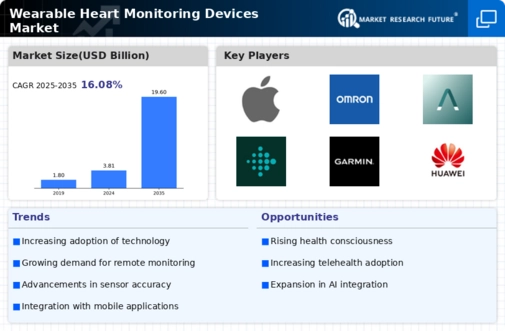
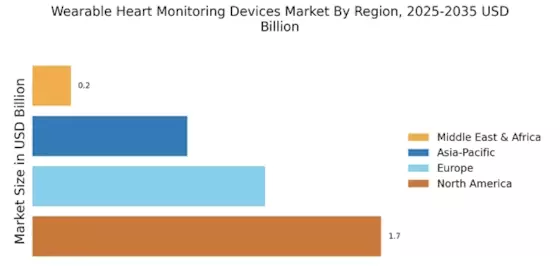

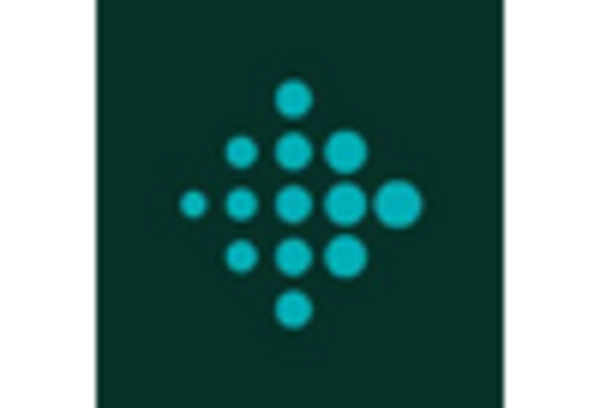
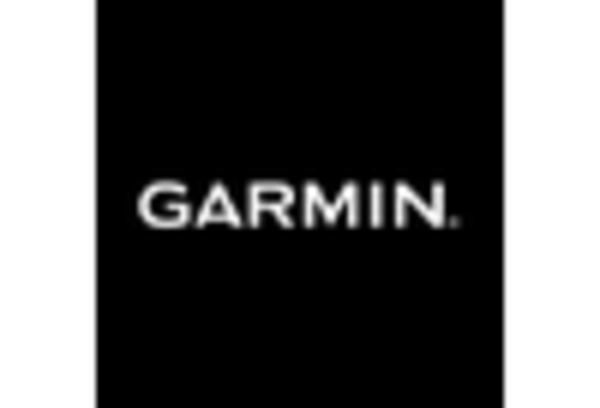


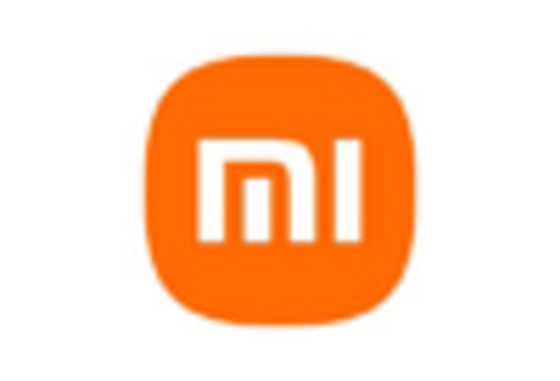








Leave a Comment